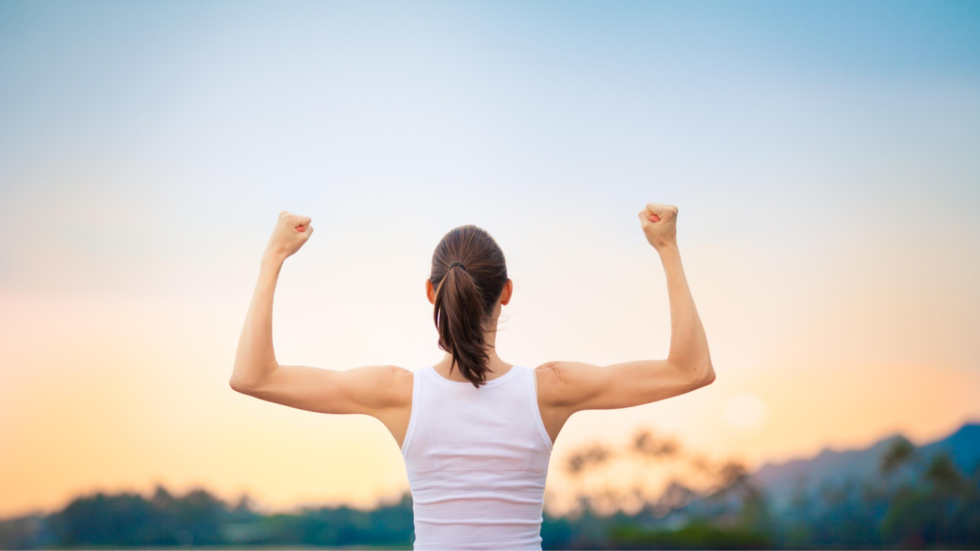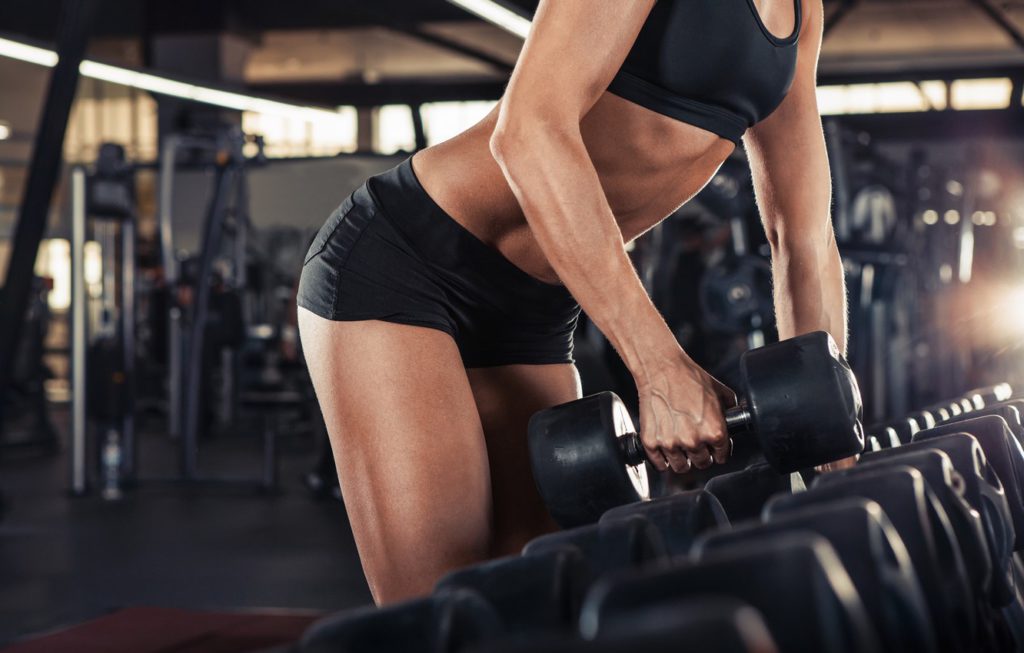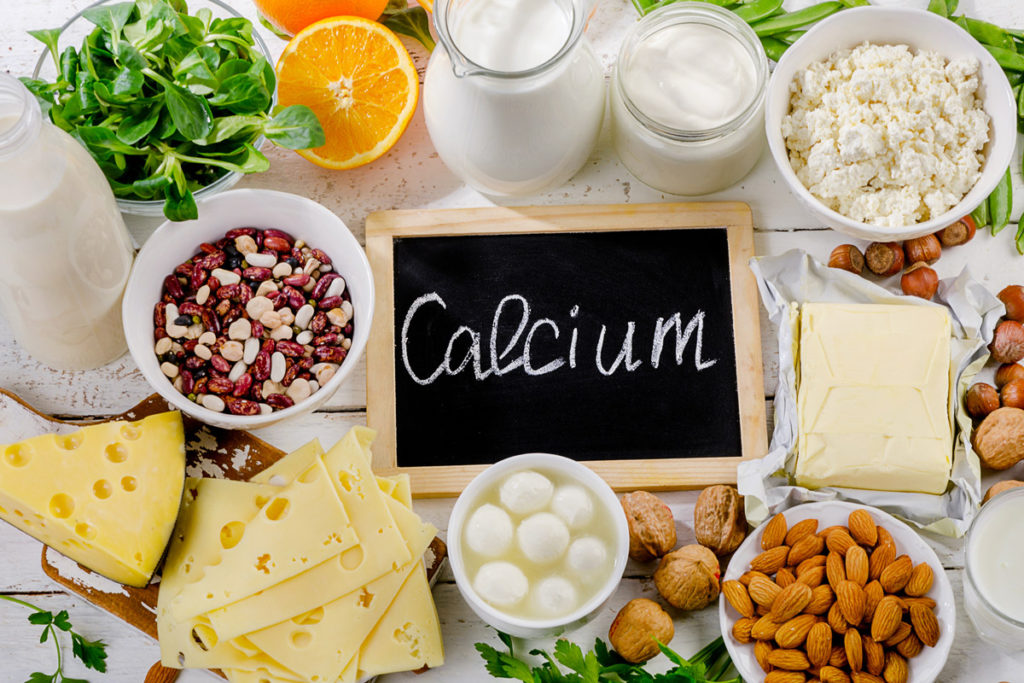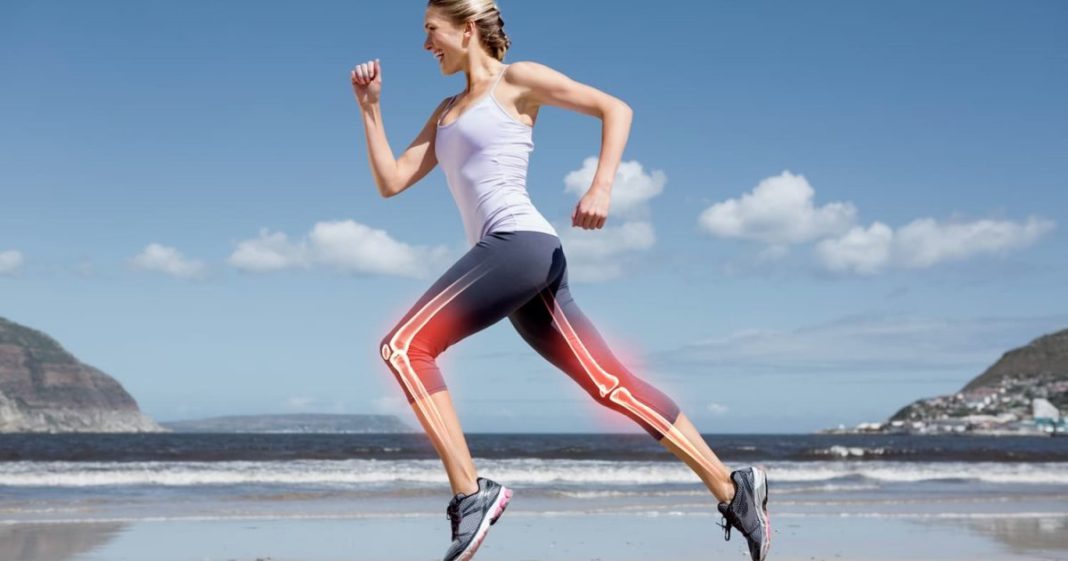As a child, breaking your bones while playing or indulging in any other physical activity is very common. You immediately get a cast – your friends and family sign it, and in a few weeks, you get back to normal! But do you think it is the same as you get older? As grown-ups, your bones tend to lose their strength, and your body takes much longer to heal up. As you hit your mid-thirties, your bones lose their density because more of them break down than being made. And by the time you reach the stage of menopause, the strength falls significantly as the level of estrogen (the hormone responsible for maintaining bone health) is produced less in the body. As a result, the bones weaken, and your risk of Osteoporosis increases.
If you want to learn about ways to improve your bone health, continue reading this blog. We will also look at some of the causes that make your bones weak. But before that, let us know in detail about Osteoporosis.
What is Osteoporosis – Bone disease?
Osteoporosis is a bone disease that leads to a loss in bone strength, making them fragile and more prone to fractures. It occurs primarily because of a quick loss of calcium in the body. As a result, the bones lose their density or thickness.
While there are no specific symptoms of this illness, it can occur from a minor fracture. Some others (women) experience it early because of hormonal disbalance. Some of the most common bones affected by this are – Spine, Hip, Ribs, Upper arms, and Wrist.
Not only age but many other factors can cause Osteoporosis in the body. Your bones might lose density because of medications used in other treatments like breast cancer, arthritis, asthma, etc. Here are some of the things that affect bone density:
- Calcium Deficiency
- Excessive alcohol consumption
- Aging
- Excessive Workouts
- Breast Cancer
- Hyperthyroidism
- Hormonal disbalance
- Menopause

Credits@GoogleImage
What can you do to maintain healthy bones?
By now, we all understand how important it is to build healthy bones.
But you need not worry because some lifestyle changes will help you get stronger bones and maintain them as you age.
- Eating Right
When we talk about eating the right food, it includes all the green, leafy vegetables too! Veggies are the best friends to your bones.
The human body requires Vitamin C to stimulate the production of bone-forming cells. Vegetables are the best sources of Vitamin C.
They also help to increase bone density (mineral density of bones) and protecting cell damage.
So, incorporating a vegetable-high diet will help you get healthy bones and will protect bone mass.
2. Weight-bearing exercises
Engaging in weight-bearing exercises can help you build your muscles and maintain strong bones. Weight-bearing exercises help with the formation of new bones. Even with children, studies have found that this activity increases the number of bones created during childhood. Also, the women involved in weight-bearing exercises have increased bone density, bone strength, and reduction in the markers of bone turnover.

Credits@GoogleImage
3. Getting more protein in food
Most of us are aware that almost 50% of bone is composed of proteins. So, incorporating high protein foods is essential for healthy bones.
Studies suggest that low protein levels in the body lower calcium absorption and even slows down the rate of bone formation. Ideally, every individual should consume 100 grams of protein daily and balance it with enough plant foods and calcium intake.
Make sure you take higher levels of protein to protect your bones while aging and weight loss.
4. Consume Enough Calcium

Credits@GoogleImage
Can we stress enough the importance of this mineral for our bones? It is that one mineral that boosts bone development like nothing else. All that calcium that we have been consuming since childhood is contained in the bones. So, in a way, our bones are the reservoirs of calcium for the body. The human body requires calcium for the functioning of the cells, but it is unable to form this mineral on its own. So, if the calcium levels in our body fall significantly, then the body extracts it from the bones.
Therefore, you should not compromise this bone mineral at any cost. For women between 20 to 50 years, about 1,000mg of calcium is sufficient, and for those above 50, about 1200-1300mg would suffice. Though dairy products are the best sources of calcium, you can also consume other calcium-rich foods. These include broccoli, beans, sardines, almonds, etc. However, Calcium supplements are also available for those who cannot intake adequate amounts of food.
5. Take sufficient Vitamin D.
Along with calcium, Vitamin D is also very crucial for bone health. Vitamin D helps the human body to absorb calcium from foods. Studies suggest that those with lower levels of Vitamin D in their body have lower bone density and are more at risk for bone loss.

Credits@GoogleImage
The best way to take enough vitamin D into your body is by getting enough sun exposure. You can also opt for other food sources like fatty fish, liver, cheese, etc.
6.Do not drop calories too low!
It is never a good idea to follow low calories diet. It not only slows down your metabolism, causes muscle mass loss but also can be harmful to bone health.
Studies suggest that consuming lower than 1,000 calories per day may cause the lower bone density in normal-weight, under-weight and over-weight. There is a much higher risk for people trying to lose weight by consuming less than 1,000 calories each day. It can specifically affect the hips and the thighs. So, to build strong and healthy bones, following a well-balanced diet with at least 12,00 calories is a must.
Your bone health is crucial, irrespective of your age. But most people overlook the idea of having strong bones, primarily because there are no specific symptoms!
But it is never too late to start with some of these healthy lifestyle habits to build and maintain strong bones. I hope this blog was helpful for all the ladies out there, and please do leave your thoughts below!
In the meantime, have a look at my previous blog on Vitamins that Women should not miss in their 30s.







